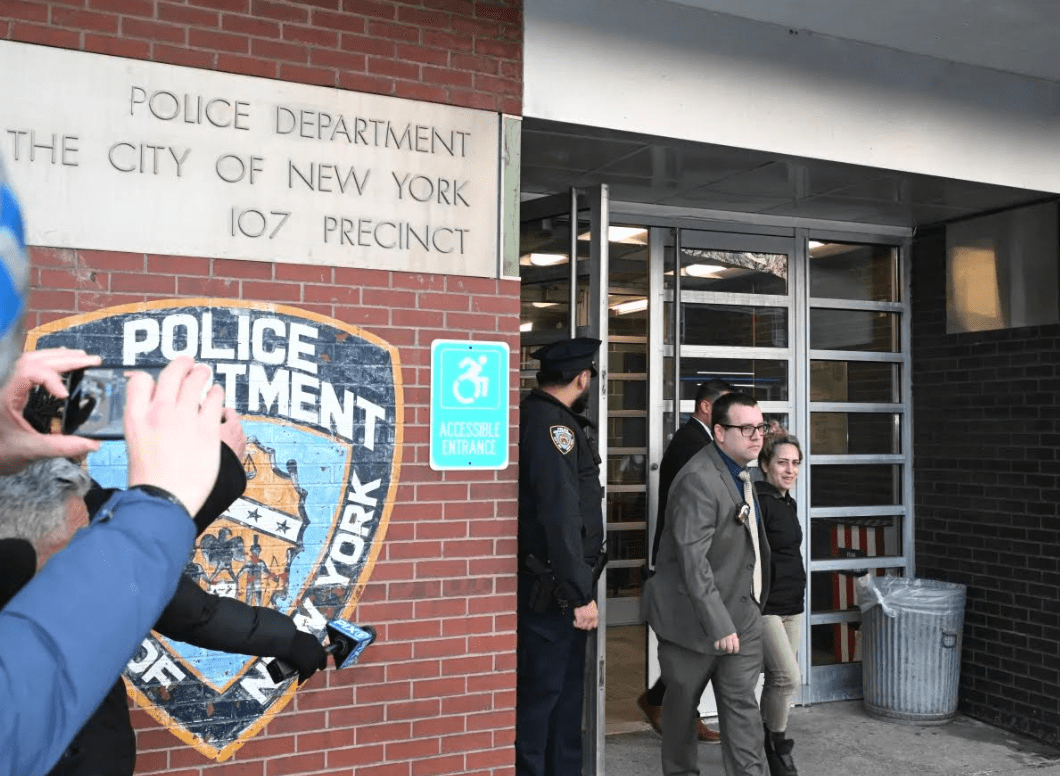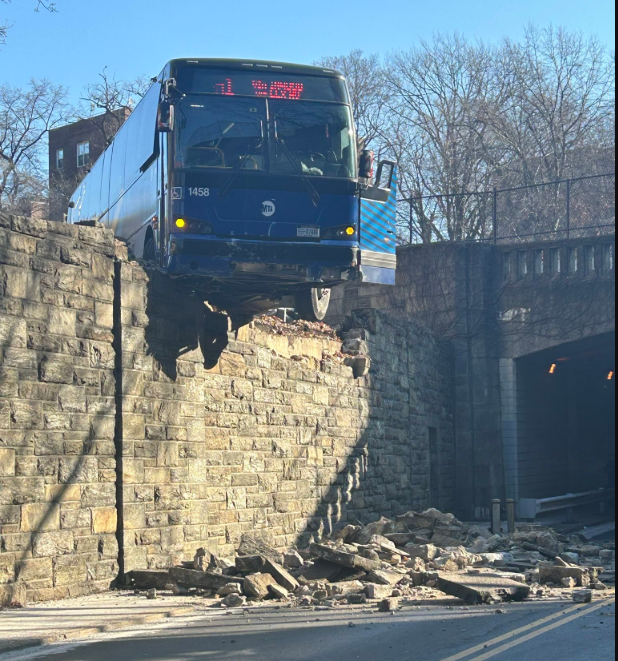By Danielle Stein
The most striking thing about ‘Bus 174’ is that everyone in it – friends, victims, even the police – call the antagonist by his first name.
Sandro de Nascimiento hijacked a bus, took hostages, and tormented his captives during a five-hour standoff with the police. The incident became an emblem of violence in Brazil, yet when those involved describe it, they don’t call him “de Nascimiento” or “the hijacker” or “the perpetrator.” They call him Sandro.
The stunning compassion of this small but significant detail made director Jose Padilha’s arduous self-imposed task a measure easier. He set out to find and convey the person behind the crazy, ranting, apparently strung-out hijacker who glued Brazilians to their televisions on a June afternoon in 2000. By doing so, he felt he could also shed light on the larger picture: urban violence and its origins.
Padhila’s lofty goal required nothing short of brilliant and scrupulous reporting. He infiltrated jails, searched documents, and pounded miles of pavement to piece together Sandro’s life. The film is actually two stories interspersed: that of the Bus 174 incident and that of Sandro, gathered from interviews with friends, family, law enforcement, psychologists, social workers, and the hostages.
When the film opened with interviews with social workers, I was curious. I couldn’t imagine an American filmmaker doing a film quite this sympathetic to criminals. Certainly not interviewing police officers who are, as these filmmakers do.
I was also leery after interviews with Sandro’s fellow “street kids.” I asked myself how many drugged-up, cold-hearted vagrants the filmmaker must have had to interview to find the eloquent and perceptive drug users in this film. I wondered if he set out with an agenda, determined to prove it all costs.
So it was no small feat that I was won over. The fact is, the film rings true. It took a very unique sensibility to make the film that Padhila did, to play up the humanity (albeit humanity in distress) surrounding such a horrifying event. He did not focus on the violence and the hype, as did so many television stations on the day of the incident.
Throughout the standoff with police, Sandro said several times that “This is not a movie.” Ironic, as his statement certainly became part of a movie – but still applicable, as the film is hardly a Hollywood-ized version of events.
This is not to say that it is flawless. It can be preachy, littered with too much psychobabble – especially when psychologists and social workers are called in to analyze. But mostly it tells it like it is, and it – meaning street life conditions in Brazil’s cities – is devastating enough to prove Padhila’s point without requiring added drama.
The barebone facts of Sandro’s life are sufficiently shocking to elicit compassion from even the most cynical viewer.
At the age of 10, he watched his mother be brutally murdered. He withdrew into street life, eventually becoming part of the herds of homeless kids who inhabit the slums of Rio, thieving to survive. The street kids became his family, comprising their own community, which is one of the most compelling aspects of Bus 174.
But Sandro was deprived of even this sense of belonging when, in 1992, police massacred the group in an incident that became known as Candelaria (for the district in which it occurred). After that, he drifted in and out of prisons which the filmmakers revealed to be outrageously overcrowded, brutal places.
Between its coverage of Candelaria, prison conditions and, finally, the tragic ineptitude of the law enforcement during Sandro’s hijacking, the movie forces us to wonder whether the street violence that Sandro symbolizes is really any worse than that which is state-sanctioned, either through action or negligence. In reality, it is impossible to distinguish the two; as is demonstrated here, they are firmly intertwined.
The film connects quite deftly, the conditions that Sandro grew up under and the invisibility forced upon him by an indifferent public, to the image we keep flashing back to: armed, in a bus, threatening hostages and police.
It is less clear what, exactly, Sandro wants to come of the situation. His demands are unclear – he mumbles unconvincingly about wanting weapons, but there is the distinct feeling that he is making it all up as he goes along. He lacks the confidence of a criminal with a purpose – it seems his actions come from a place of deep despair, his recklessness a result of having nothing to lose.
At several points, he leans out the bus windows, taunting the police, “You used to beat us [in jail] – but who’s scared now?”
It is obvious: everyone in the scene is afraid – the police, the hostages, the onlookers – but no one as much Sandro himself.




































